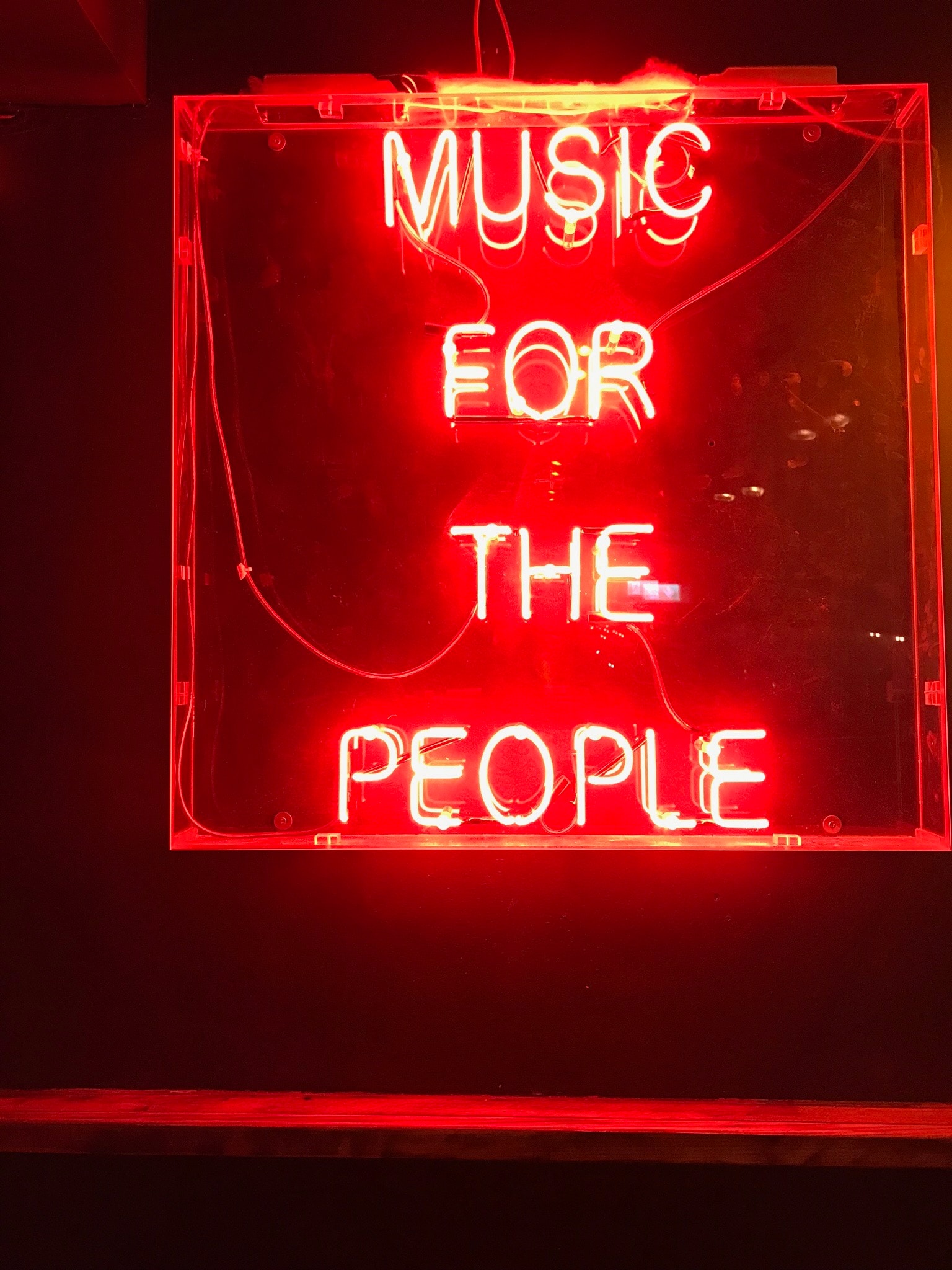Byline: [Your Name] Date: [Current Date]
Introduction: In the realm of art, colors play a profound role, transcending their visual appeal and delving into the depths of human psychology. Artists throughout history have intuitively understood the power of colors to evoke emotions, convey meaning, and ignite the imagination. In this article, we explore the intricate connection between colors and artistic psychology, delving into the profound impact they have on the creation and perception of art.
The Emotional Language of Colors: Colors possess an inherent ability to communicate emotions, each carrying its own unique symbolism. For centuries, artists have harnessed this emotional language to convey their thoughts and provoke intense reactions from their audiences. From the passionate reds and fiery oranges that ignite feelings of energy and desire, to the calming blues and serene greens that evoke tranquility and harmony, colors are the paintbrushes of the soul.
Synesthesia: A Gateway to Color Perception: One fascinating aspect of the connection between colors and artistic psychology lies in a phenomenon known as synesthesia. Synesthetes experience a blending of their senses, allowing them to perceive colors when exposed to certain sounds, numbers, or even letters. This cross-wiring of the senses offers a unique perspective on how colors can influence artistic expression. By understanding the experiences of synesthetes, we gain insight into the ways in which colors can enhance an artist’s creative process and emotional resonance with their work.
The Influence of Culture and Symbolism: Colors carry cultural significance, and their symbolism can vary greatly across different societies and historical periods. The association of red with luck and happiness in Chinese culture, or the use of black to represent mourning in Western societies, exemplify the powerful impact of cultural context on color perception. Artists often leverage these cultural nuances to infuse their artwork with deeper layers of meaning, establishing a rich dialogue between the artwork and its viewers.
Color Theory and Artistic Expression: Color theory, a fundamental concept in art, provides a framework for understanding how colors interact with one another and the effects they produce. Artists employ techniques such as complementary colors, analogous colors, and color harmonies to create visual impact and evoke specific moods. By mastering color theory, artists gain the ability to manipulate their audience’s emotions and guide their interpretation of the artwork.
The Role of Color in Art Therapy: Beyond its role in artistic expression, colors have also found a place in the realm of art therapy. This form of therapy harnesses the therapeutic potential of colors to promote emotional healing, self-discovery, and personal growth. Art therapists work with patients to explore their emotions through color choices and artistic creation, allowing for non-verbal communication and providing a safe space for self-expression.
Conclusion: The interplay between colors and artistic psychology forms a captivating relationship that goes beyond the canvas. Colors have the ability to transcend language and culture, resonating with the depths of human emotions and imagination. Artists continue to explore and harness this power, creating vivid and thought-provoking works that invite us to delve into the intricate tapestry of colors and their profound impact on our lives.
[Optional: Add a quote from an expert or artist:]“Colors are the silent storytellers of art, whispering emotions and shaping perceptions. They hold the key to unlocking the secrets hidden within the human psyche.” – [Expert/Artist Name] [Word Count: XXX] [Sources: List the sources you consulted for the article]
Disclaimer: The views and opinions expressed in this article are those of the author and do not necessarily reflect the official policy or position of any publication or organization.










